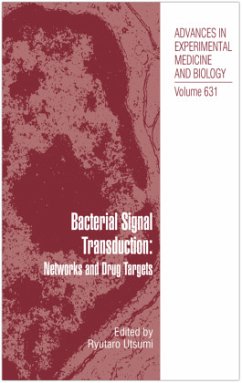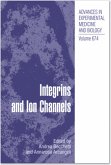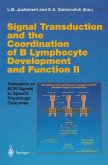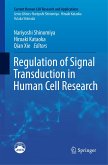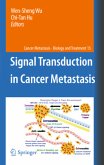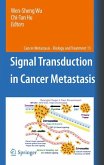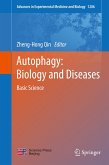A decade has passed since Drs. Hoch and Silhavy edited their comprehensive work entitled Two-Component Signal Transduction. This fascinating book encour aged many microbiologists and students to enter the new worldofsignal transduction in microbiology. In 2003, Dr. Inouye edited Histidine Kinase in Signal Transduc tion, which focused on histidine kinases and presented the wealth ofinformation accumulated on this protein family. Bacteria usually possess a numberofTwo-Component Systems (TCSs), rang ing from a few to over 100. InE. coli, 29 histidine kinases, 32 response regulators, and 1histidine-containing phosphor transmitter (HPt) domain have been found by analyses ofthe K-12 genome. Several examples ofin vitro and in vivo cross-talks and signal transductioncascadesbetweenTCSs inE. coli have beenreported,which suggests the existence ofa TCS network (Chapter 1). Interactions among different TCSs enable one system to respond to multiple signals, which is important for bacteria to minutely adjust themselves to complex environmental changes. Such interactions are found or predicted in various bacteria in this book. Many ofthese interactions might be connected by small proteins such as B1500(Chapter 1)and PmrD (Chapter2). More examplesofsuch proteins should be identified in the near future in order to fill-in the missing parts ofthe bacterial signal transduction network, a new paradigm that is increasingly recognized as the signal transduction pathway in bacterial cells. For drug discovery, this pathway is consideredas important as the signal transductionpathway in animal cells (Chapters 15 and 16).
Aus den Rezensionen: "... Dieses Buch ... gibt einen vertiefenden Einblick in die Komplexität ausgewählter Histidinkinase/ Antwortregulator-Systeme ... Das Buch ist eine Zusammenstellung aktueller Übersichtsartikel zu einzelnen Systemen und liefert somit Wissenschaftlern, die an diesen Themen forschen, eine Fülle von Daten ..." (Kirsten Jung, in: BIOspektrum, 2009, Vol. 15, Issue 5, S. 581)

